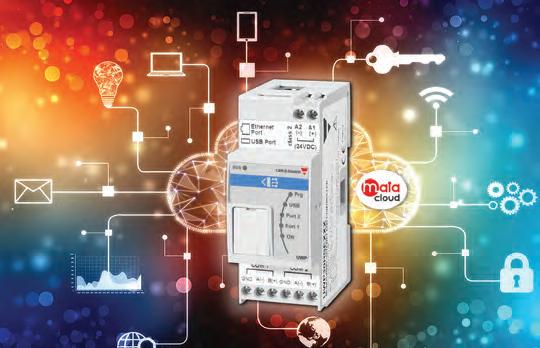MAY 2021
PROMOTING ENERGY EFFICIENCY
www.eibi.co.uk
In this issue Air Handling Energy in Universities Batteries & Energy Storage CPD Module: Indoor Air Quality
Striking a balance Energy use and occupant comfort
EIBI_0521_001(M).indd 1
On the curriculum Taking control of student rooms
Dangerous power Risk management of batteries
07/05/2021 15:06






